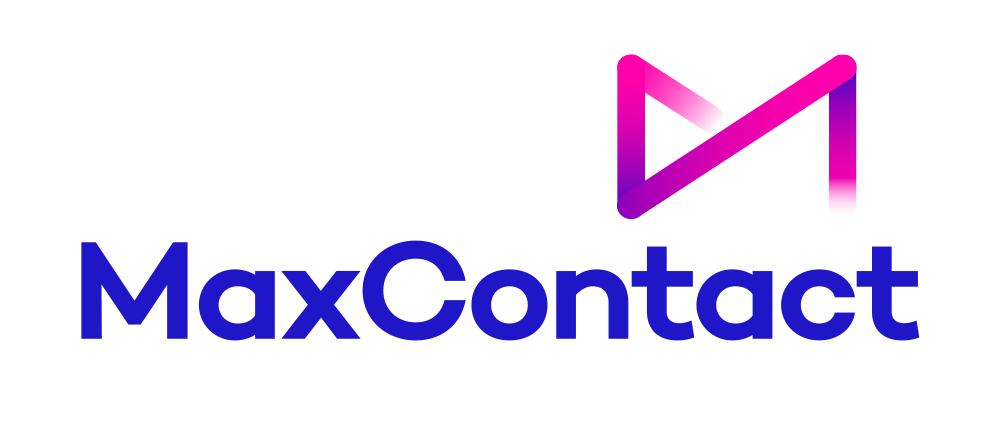What is Workforce Optimisation?
Efficiency is key in any working environment. Businesses are constantly looking for ways to improve efficiency and boost performance - and workforce optimisation (WFO) is one of the best ways to do this.
But what is workforce optimisation? How can it help to boost efficiency and productivity in call centres? And how is workforce optimisation different from workforce management?
That’s what we’ll be exploring in this blog post, so read on to learn all about workforce optimisation.
Workforce Optimisation/ WFO Meaning
Workforce optimisation is a practice that focuses on boosting efficiency across the board. It involves improving performance in the workplace whilst reducing operational costs. The key goals of WFO are to:
- Achieve organisational success
- Streamline processes across the board
- Maximise results
WFO in Contact Centres
In a contact centre or call centre, WFO refers to the process of maximising the efficiency (and quality!) of an agent team. It can involve maximising training, ensuring the team members are supported, and boosting the efficiency of the scheduling.
It can include a range of tools and processes to meet high-quality standards. It can involve workforce management, performance analytics, quality monitoring, and ongoing training - all to improve productivity and satisfaction across the board.
Why Does WFO Matter?
WFO is important for many reasons, such as...
Improving Customer Satisfaction
WFO can improve the customer experience, leading to better CSAT scores and higher customer retention rates. It can:
- Reduce call waiting times
- Equip customer service agents with the knowledge and skills to solve customer problems and improve customer interactions
- Ensure sufficient staffing
Ultimately, happy agents create happy customers. In fact, engaged employees are more likely to boost customer relationships, generating a 20% increase in sales!
Reducing Costs
WFO can help to cut costs where needed and improve overall efficiency. It can lead to better, more accurate forecasting, better adherence monitoring, and better scheduling - which can result in significant cost savings in a contact centre environment.
Raising Morale
Optimising the workforce is key to boosting morale. WFO solutions can include features such as mobile apps or enhanced communication frameworks that can make it easier for managers, supervisors and team leaders to manage their teams more efficiently. This can reduce stress in supervisors - and the happiness of managers can have a direct impact on team morale. Happier managers can lead to a happier work environment for all!
Improving Productivity
Workforce optimisation tools can give you the insights you need to make the right changes. It can help you enhance your agent’s support skills over time, which can:
- Boost agent confidence
- Create employees that serve customers better

WFO vs WFM
Workforce management (WFM) is a huge aspect of workforce optimisation. Unlike WFO, however, WFM focuses solely on the scheduling and management of staff. For example, it could include:
- Creating staff schedules
- Managing staff schedules
- Tracking and managing attendance
- Forecasting staffing requirements
WFM is ideal for industries that are shift-based or have hourly workers, such as contact centres. Workforce optimisation (WFO), however, is a broader strategy that aims at boosting productivity and efficiency across the whole workplace. It can include:
- Quality management
- Data analytics
- Employee engagement strategies
- Performance management (e.g improving average handle time)
Both WFO and WFM aim to improve productivity, but they do so in different ways. WFO is much broader and aims to optimise all aspects of workforce performance. WFM, however, focuses specifically on the staff aspects.
Many businesses, including call centres, use both WFO and WFM solutions. The two go hand in hand - WFM can be used to complement a WFO strategy and identify where you need to make improvements.
Common Obstacles in WFO
Workforce optimisation is not easy, and you may face several challenges along the way. From lack of resources to overestimating your expectations, here are some common obstacles and challenges in WFO:
- Lack of resources – Not all businesses have the right personnel or enough time, which can hinder WFO and usage. Likewise, not all staff are trained sufficiently which can reduce WFO investment value.
- Unrealistic timelines – Some businesses want to optimise their workforce all at once - which can lead to stressed teams and frustrated stakeholders!
- Adopting new technology – Some smaller contact centres may struggle to adopt new technology, which can be a huge disadvantage.
- Lack of communication – Communication is key when it comes to optimising the workforce - but lack of communication can hinder progress. For example, unclear budget ownership can complicate WFO investments and make it difficult to implement.
- Overestimated expectations – WFO does not solve all issues in a contact centre, and not accounting for potential obstacles can lead to disappointment.
At MaxContact, we can address these challenges and make it easier than ever for you to optimise and manage your workforce.
Our Solutions
Here’s how our WFM solution can boost your workforce optimisation efforts:
- Automated forecasting and scheduling
- Real-time reporting
- Flexible working models (supports remote and hybrid models!)
- Omnichannel support (perfect for modern call centres too!)
- Cost optimisation (minimise costs whilst boosting quality!)
- Save time (automates labour-intensive tasks)
- Plan scenarios (build ‘what if’ scenarios and predict future performance!)
Book a demo today to get started!
.png)
From the blog






